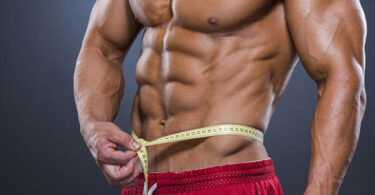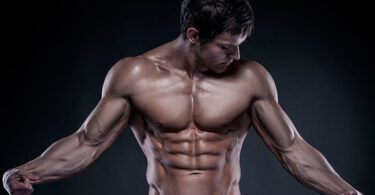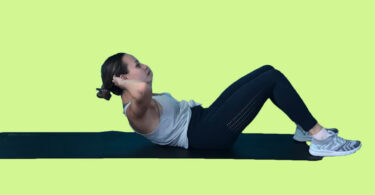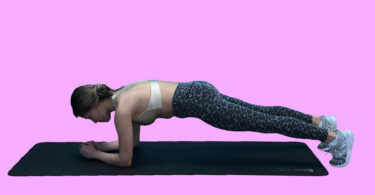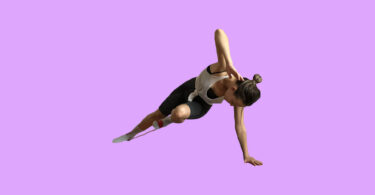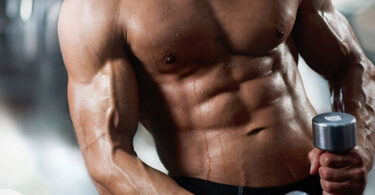Category - Ab Exercises
The abs are the most popular muscle group in fitness, according to numerous surveys and reports. The treasured abs on the stomach are an object and goal for many athletes. However, training the abdominal muscles is a rather complex task that requires the right approach and understanding of the basic anatomy.

Abdominal muscle structure
Despite the large area of the group, the abdominal muscles consist of 4 parts. Anatomically, the abdominal muscles are divided into outer and inner layers.
External:
- Rectus muscle;
- Oblique abdominal muscle;
Deep abdominal muscles:
- Internal oblique abdominal muscle;
- Transverse muscle.

When it comes to training, it is important to consider the structure of the abdominal muscles. Otherwise, it will be difficult to ensure the correct and effective load on each area.
Rectus abdominis muscle
The rectus abdominis muscle is anatomically considered the largest in the group. If you evaluate the general table of abdominal muscles, it is this that has the highest priority in fitness. Starts from:
- xiphoid process;
- From the outer surface of the costal cartilages V-VII (three teeth).
Attached to the pubic ridge.
External oblique muscle
The external oblique abdominal muscle starts from the outer surface of the V-XII ribs (8 teeth). Attaches to:
- The external lip of the iliac crest;
- Pubic tubercle and ridge;
- Linea alba;
- Inguinal ligament.
Internal braid muscle
The internal oblique originates from the iliac crest, inguinal ligament, and thoracolumbar fascia of the abdominal muscle. Attaches to:
- The cartilage of the IX-XII ribs;
- Pubic ridge.
Transverse abdominis muscle
The transverse muscle begins from the cartilages of the VI-XII ribs and the costal processes of the lumbar vertebrae. Attached to the white line. As a rule, there is no need to train the internal abdominal muscles in fitness; they receive enough load when performing regular exercises.
Abs functions
All functions of the abdominal muscles must be considered separately, depending on the area and its tasks.
- Rectus abdominis muscle – flexion and tilt of the torso, contraction, lowering of the ribs;
- External oblique – rotation, and tilt of the body, bilateral contraction, lowering of the ribs;
- Internal oblique – rotation, flexion, and tilt to one side, tension and protrusion of the abdominal wall;
- Transverse – functions similar to the internal abdominal muscle.
Best exercises
In terms of training, the anatomy of the abdominal muscles in men and women is no different, except the number of fast and slow fibers. Therefore, the training of this group is not divided into male or female. It is important to understand the specifics of performing exercises for the abdominal group. Despite the structure of the abdominal muscles and the fact that the rectus abdominis muscle is a single mass, it is customary to work it on both sides. This is because the nerve endings that affect muscle contraction are located on different sides.
Complex exercises (work the top and bottom):
- Exercise “book”;
- Simultaneous crunches while lying down with the elbow brought to the knee;
- Plank.
Upper Abs:
- Classic crunches;
- Sitap.
Lower Abs:
- Lying leg raises ;
- Exercise “scissors”;
- Hanging leg raises ;
- Exercise “bicycle” ;
- Alternate cross lift of arms and legs while lying down.
Oblique muscles:
- Raising legs while hanging with abduction to the sides;
- Twisting with body rotation (bringing the right elbow to the left knee and vice versa);
- Side plank ;
- Exercise “Russian twist”.
Overall, to understand the role of exercise, you need to consider the anatomy of the abdominal muscles.
Bringing the body to the legs engages the upper abdomen and vice versa, bringing the legs to the body engages the upper abs. For the oblique muscles, movements must necessarily include a rotation of the body.

